Depression VA Rating For many veterans, returning to civilian life can be filled with unique challenges, including mental health struggles like depression. In recognition of this, the Department of Veterans Affairs (VA) offers a disability rating system that provides support and compensation to veterans facing service-connected mental health issues, including depression. However, navigating the VA’s rating system for mental health conditions can be complex, and understanding the criteria for a depression VA rating can make a significant difference in the support veterans receive.
This guide provides an in-depth look at how the VA rates depression, the criteria used to assess different levels of impairment, and the benefits associated with each rating level. By understanding this process, veterans can take a step towards obtaining the resources and assistance they need to manage their mental health and improve their quality of life.
What is the VA Rating for Depression?
The Depression VA Rating system quantifies the impact of a veteran’s service-connected disability on their ability to function in daily life and work. This rating, expressed as a percentage, determines the veteran’s compensation level. For mental health conditions like depression, the VA considers how the condition affects the veteran’s social, occupational, and daily life functioning.
While the Depression VA Rating system applies to various mental health conditions, such as post-traumatic stress disorder (PTSD) and anxiety, this guide focuses specifically on depression. The VA uses similar rating criteria for other mental health conditions, but understanding the specific criteria for depression can help veterans make a stronger case for their individual needs.
Understanding the VA’s Depression Rating Criteria
Overview of VA Disability Ratings
The VA assigns disability ratings based on the level of impairment caused by a condition. For depression, these ratings range from 0% to 100%, with higher percentages indicating a greater level of impairment and, consequently, higher compensation levels. The VA evaluates a veteran’s symptoms, the impact on their social and work life, and any functional limitations caused by depression.
Factors Considered in Depression Ratings
- Severity and Frequency of Symptoms: The VA considers the severity, duration, and frequency of depressive symptoms. These may include feelings of hopelessness, difficulty concentrating, loss of interest in activities, sleep disturbances, and suicidal thoughts.
- Impact on Daily Life: The VA evaluates how depression affects a veteran’s ability to perform daily tasks, including social interactions and work responsibilities.
- Medical Evidence: A diagnosis from a qualified mental health professional and a documented treatment history are crucial for establishing the extent of impairment.
The Rating Scale for Depression
The VA uses the following rating scale to assess depression:
- 0%: No compensation, but acknowledgment of the condition.
- 10%: Mild symptoms that slightly interfere with daily life.
- 30%: Noticeable impact on social interactions and work.
- 50%: Moderate symptoms affecting relationships and job performance.
- 70%: Severe impairment with significant impact on daily activities.
- 100%: Total impairment, rendering the veteran unable to work or manage essential daily functions.
Detailed Breakdown of Each Depression VA Rating Level

0% Rating: Acknowledgment Without Compensation
At a 0% rating, the Depression VA Rating acknowledges depression as a service-connected condition but does not provide financial compensation. This rating means the condition is not seen as impairing enough to disrupt daily functioning significantly. However, veterans with a 0% rating can still access certain VA benefits, such as mental health services.
10% Rating: Mild Symptoms
A 10% rating indicates that the veteran experiences mild symptoms of depression, such as occasional sadness, mild anxiety, or slight difficulty sleeping. These symptoms are manageable and do not interfere significantly with daily activities or work performance. Veterans with a 10% rating receive a small monthly compensation and have access to additional resources, including counseling and essential mental health services.
30% Rating: Noticeable Impact on Daily Life
A 30% rating is assigned when depressive symptoms begin to interfere more noticeably with a veteran’s ability to function. Veterans with this rating may experience:
- Periods of depressed mood and anxiety
- Difficulty maintaining relationships
- Occasional work interruptions due to mental health struggles
This level of impairment impacts social interactions and sometimes interferes with work. Veterans with a 30% rating receive higher monthly compensation, are eligible for mental health treatment, and may qualify for vocational rehabilitation programs.
50% Rating: Moderate Impairment
At the 50% rating level, depression has a moderate impact on a veteran’s life, affecting their ability to work and maintain relationships. Symptoms may include:
- Regular episodes of depression and anxiety
- Difficulty concentrating
- Challenges in sustaining relationships with family and friends.
- Frequent disruptions to work performance
Veterans with a 50% rating receive substantial monthly compensation and have access to comprehensive mental health services. At this level, depression is seen as significantly impairing the veteran’s life.
70% Rating: Severe Impairment

A 70% rating is for veterans whose depressive symptoms cause severe impairment, limiting their ability to function in most areas of life. At this level, veterans may experience:
- Near-constant depression and anxiety
- Struggles with personal care and everyday tasks.
- An inability to maintain stable employment
- Strained or isolated relationships
Veterans with a 70% rating are eligible for increased monthly compensation and have access to intensive mental health support. This level of impairment indicates that the veteran’s quality of life is severely impacted.
100% Rating: Total Impairment
A 100% rating represents total impairment due to depression, where the veteran is unable to work or perform most daily functions. Symptoms at this level may include:
- Persistent and severe depression
- Inability to leave home or care for oneself
- Complete withdrawal from social situations
- Suicidal thoughts or behaviors
Veterans with a 100% rating receive the maximum monthly compensation, comprehensive health care coverage, and additional support for daily living. This rating acknowledges the deep impact of depression on the veteran’s life.
How to Apply for a Depression VA Rating
Applying for a Depression VA Rating for depression involves several steps. Here is a guide to help veterans navigate the process.
- Gather Medical Documentation: Veterans should collect records of their depression diagnosis, treatment history, and any related medical notes.
- Submit a Claim: Veterans can submit a claim online via the VA’s website, by mail, or in person at a VA regional office.
- Attend a Compensation & Pension (C&P) Exam: Veterans are usually required to undergo a C&P exam, where a VA medical examiner assesses the severity of their depression.
- Provide Personal Statements: Veterans can include personal statements about how depression affects their lives and statements from family or friends if available.
Veterans have the right to appeal if they disagree with the VA’s initial rating decision. The appeal process includes submitting new evidence or requesting a review by a higher-level adjudicator.
Common Challenges in Receiving the Appropriate Rating
Many veterans encounter challenges when applying for a depression rating, including:
- Lack of Documentation: A lack of medical records or inconsistent treatment can lead to a lower rating.
- Denials and Appeals: Some veterans may receive lower ratings than expected or be denied. Understanding the appeals process is crucial.
- Mental Health Stigma: Veterans may feel hesitant to pursue a mental health rating due to stigma. It’s essential to recognize that seeking support is a positive step.
Veterans facing these challenges are encouraged to seek help from VA representatives, veterans service organizations, or legal advocates specializing in VA claims.
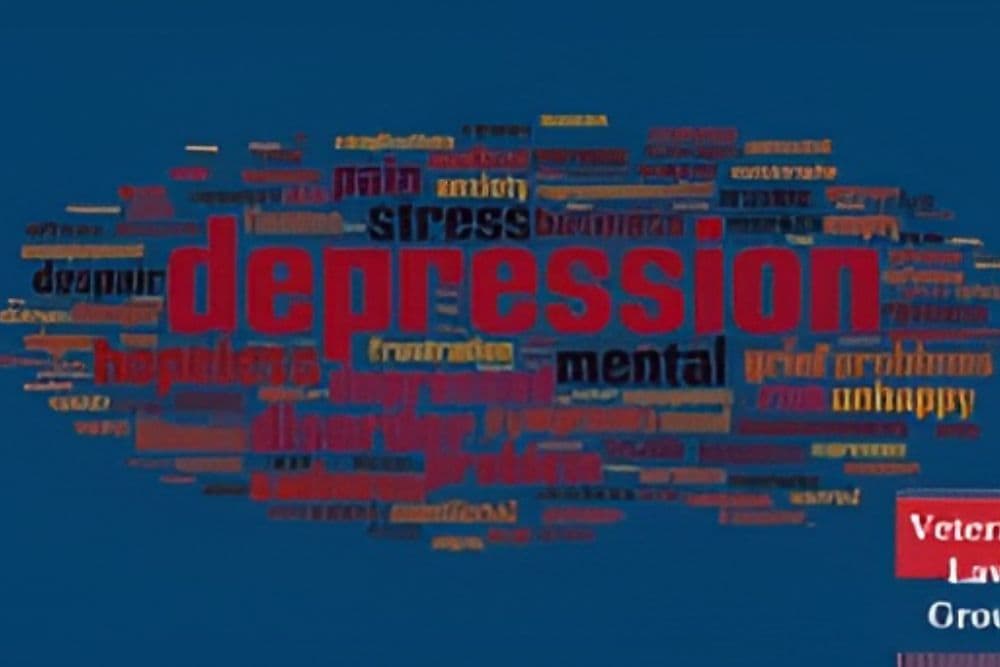
Conclusion
The VA rating system for depression provides essential support to veterans facing mental health challenges. Understanding the rating levels, how to apply, and the benefits available can help veterans navigate this system more effectively and get the help they need. From mild symptoms to total impairment, each rating level comes with different forms of compensation and support designed to assist veterans in improving their quality of life.
For veterans who struggle with depression, pursuing a Rating is not only about financial compensation; it’s a step toward acknowledging their experiences and finding pathways to recovery. The VA’s recognition of mental health challenges underscores the importance of support, and by understanding this system, veterans can access the resources they need to manage their mental health and reclaim their lives.


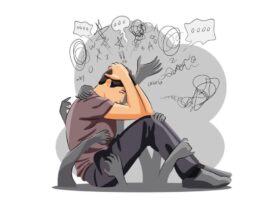


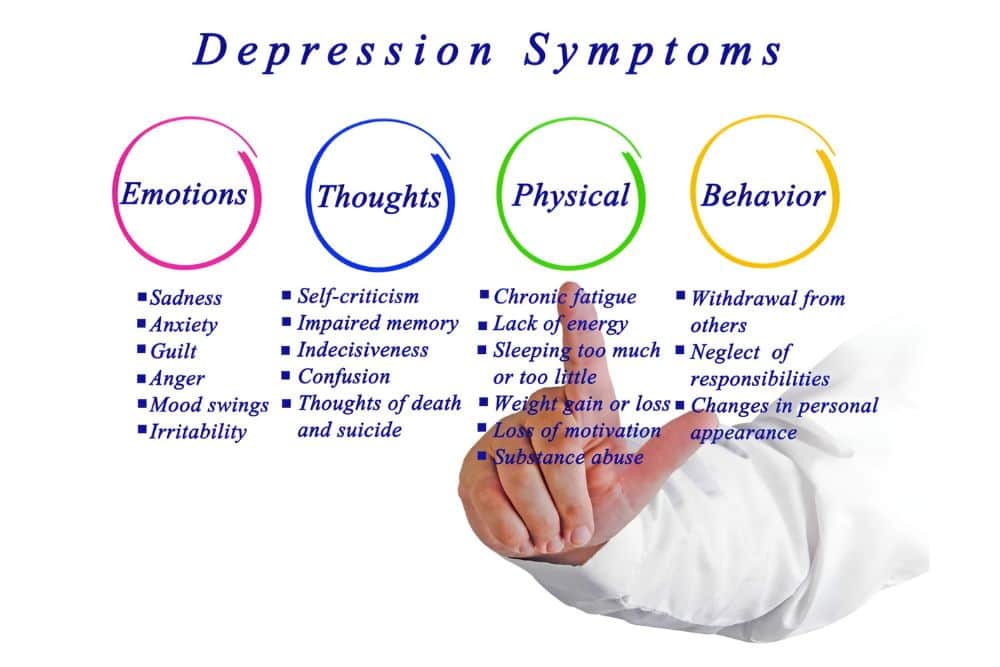


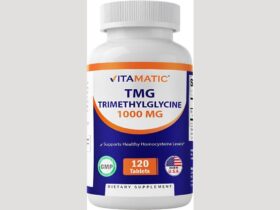

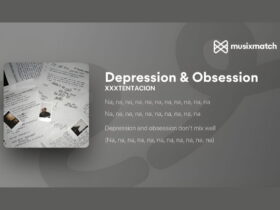
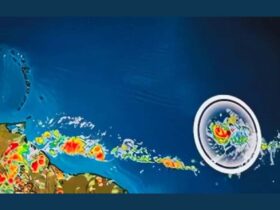

Leave a Reply